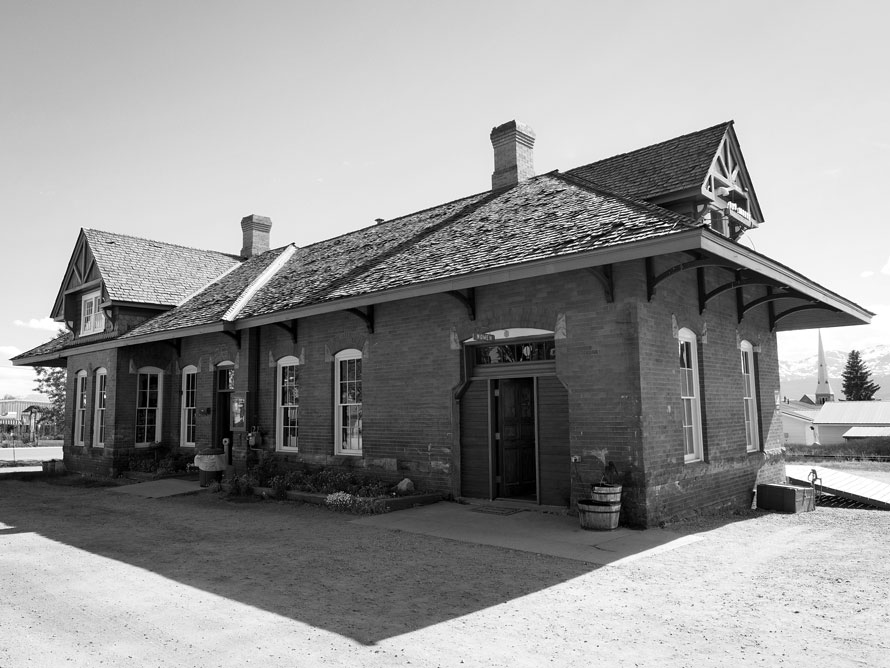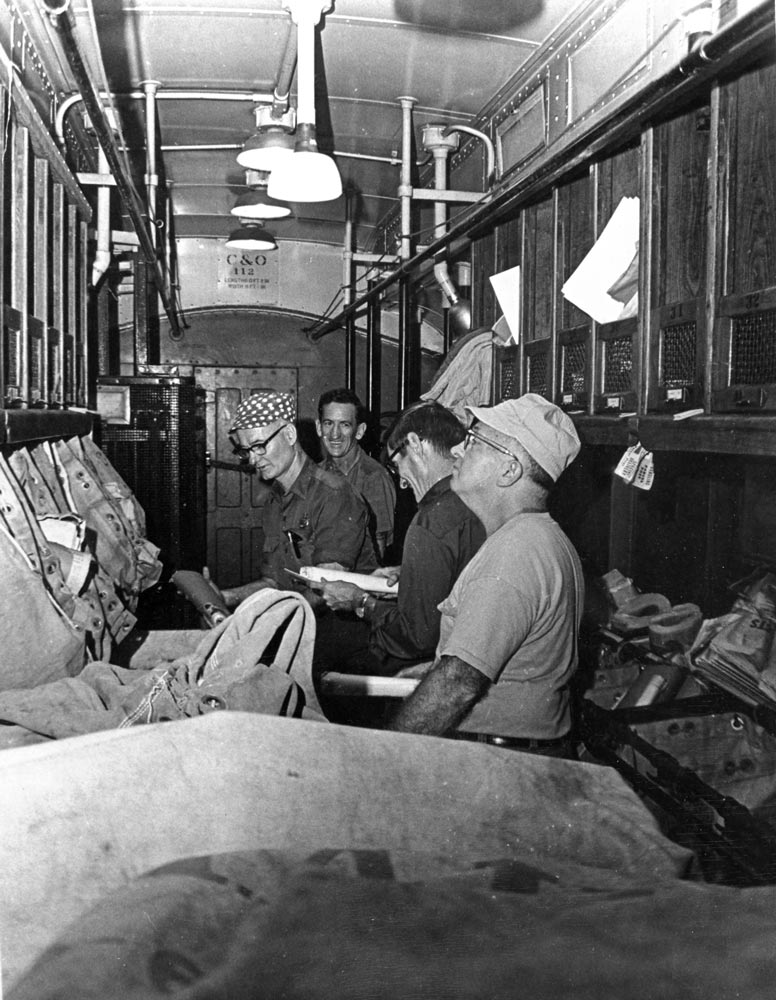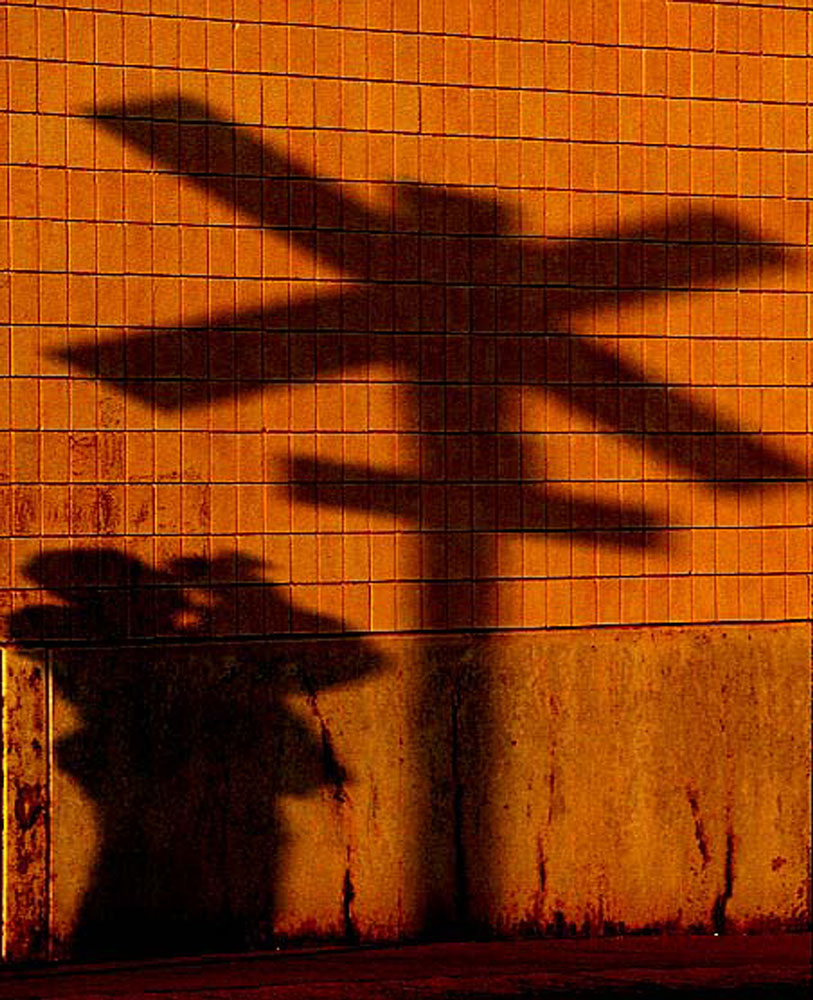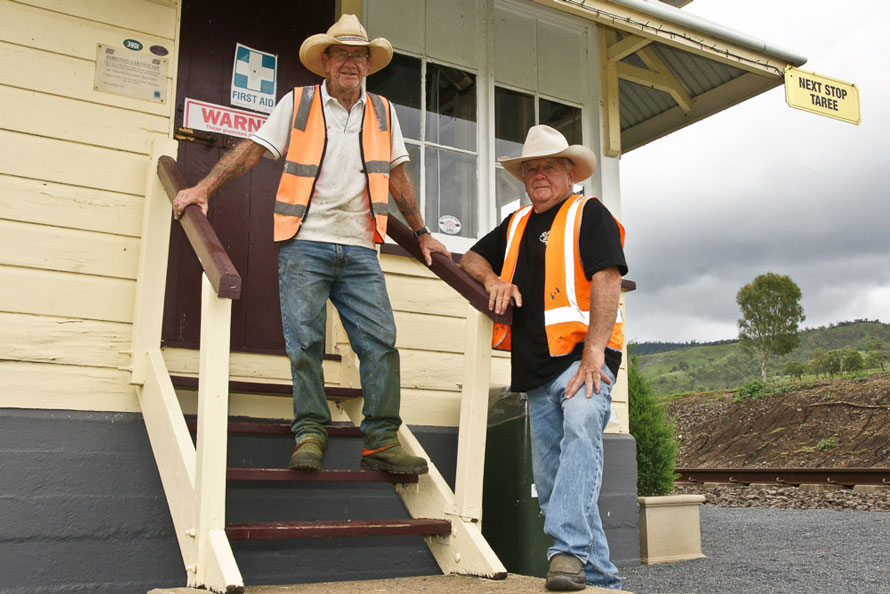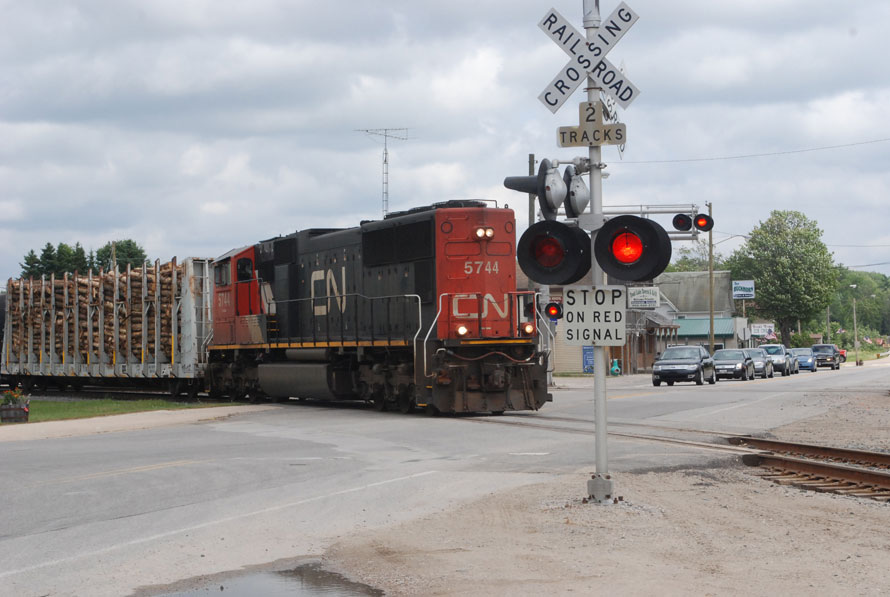
I cross the Big Mac into the Upper Peninsula, paying four dollar for the privilege at the St. Ignace toll booth. A few miles north of St. Ignace, I leave the freeway, taking Michigan 123 into the heart of the Upper Peninsula. The road follows the former roadbed of the Duluth, South Shore and Atlantic Railroad which Ernest Hemingway rode a few years after the Great War as he and his friends headed to a fish camp along the East Branch of the Fox River outside of Seney, Michigan. That adventure provided fodder for his classic short story, “Big Two Hearted River.” In those days, one had to cross the Straits of Mackinac by ferry, but in 1957 the bridge opened, spanning the straits.
It’s late afternoon on a hot July day when I reach Trout Lake. There is a small IGA here with wonderful sandwiches, piled high with sliced meats. As I plan to have dinner with friends in Marquette, I avoid the temptation and order a cone of hand-dipped black cherry ice cream. As I wait on the clerk, I look around the store for a minute. In addition to groceries and a deli, they have fishing gear and some hardware. It seems to be a place from the past, which is why I like stopping here. Read more
